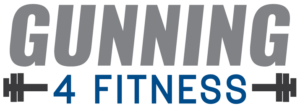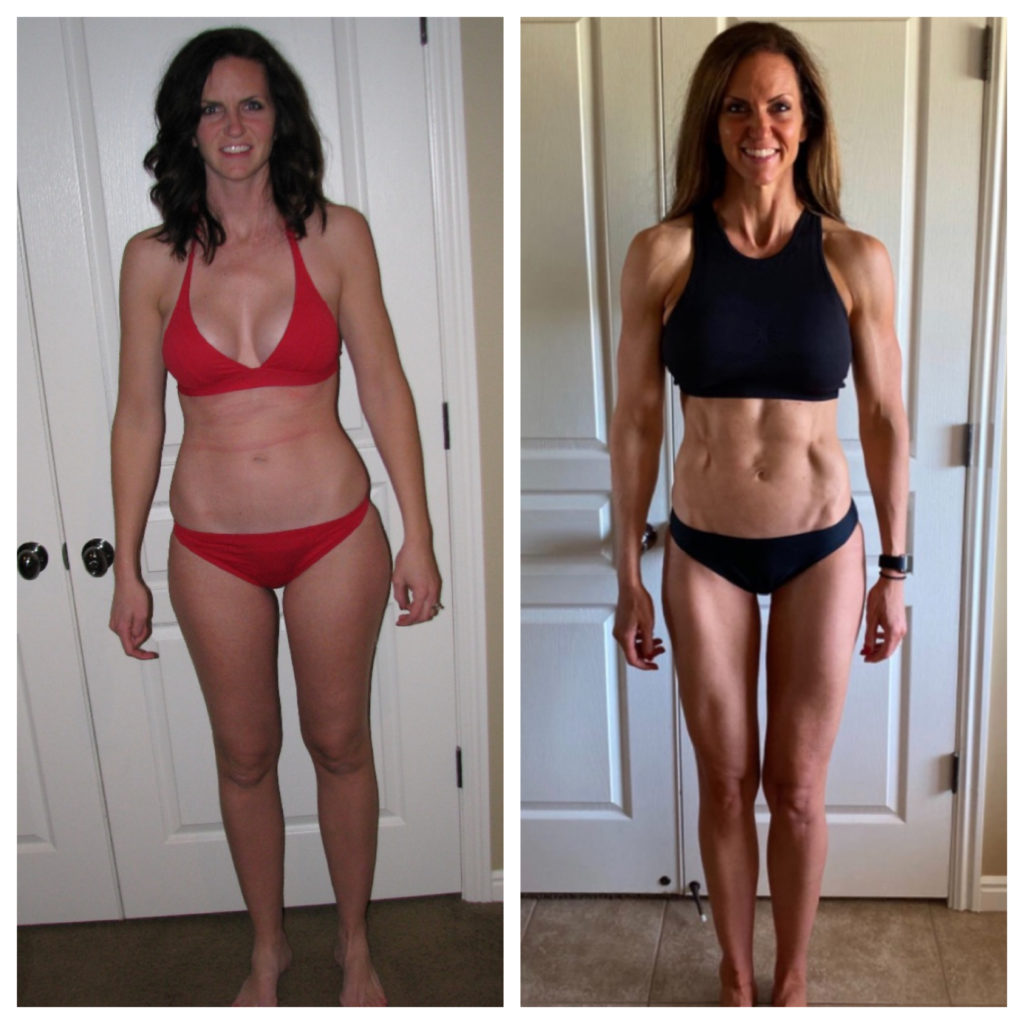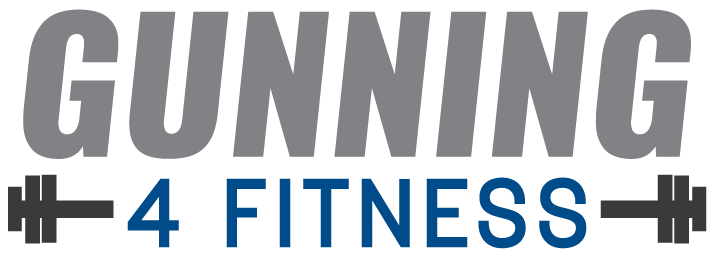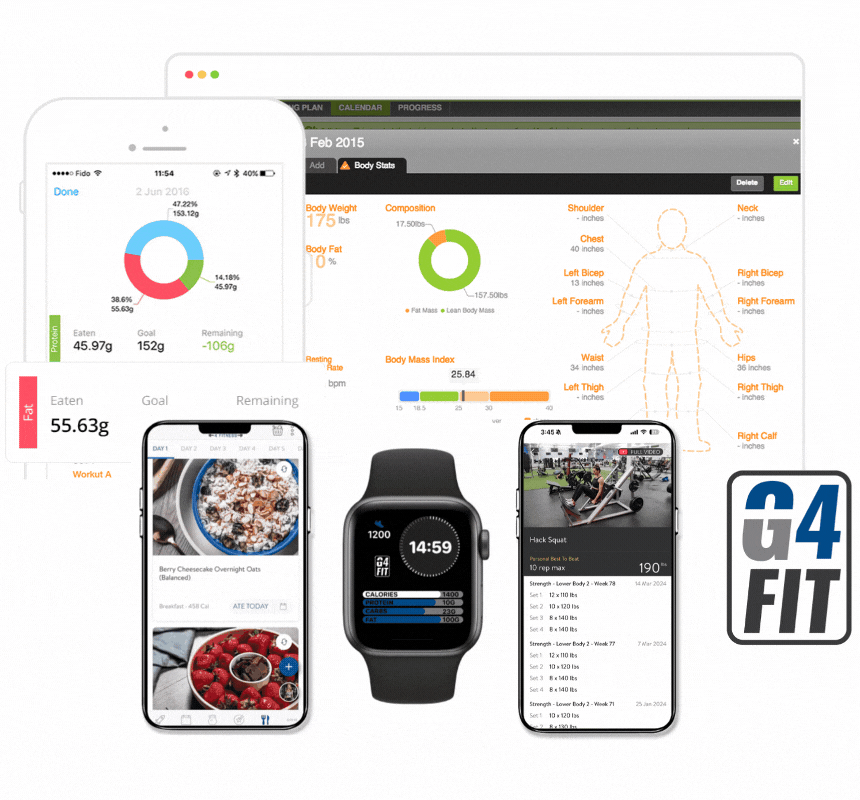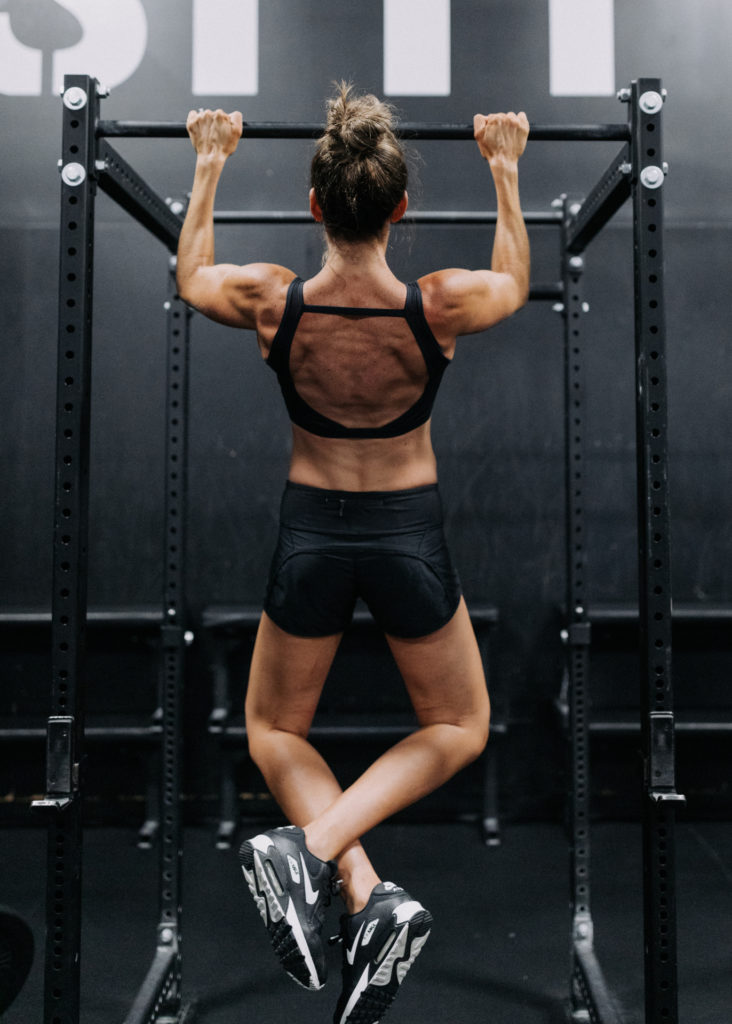YOUR STORY BEGINS HERE
The first step is to get a breakdown of your Calories/Macros so you have a roadmap to follow.
Click the button below to get started and then check out my fitness programs and you’ll see that I have
something to offer anyone at any level. I’m excited to help you find your version of strong, healthy, and confident!
